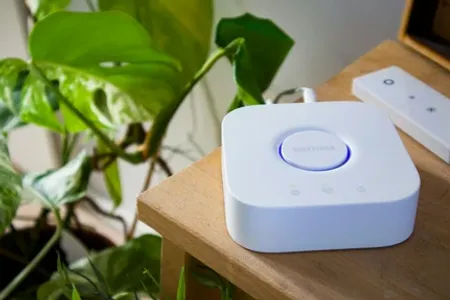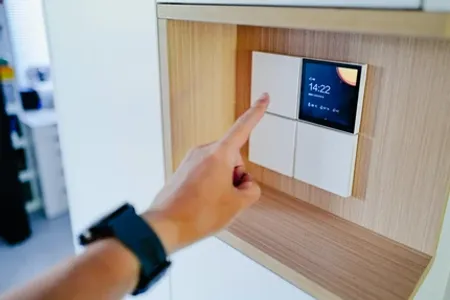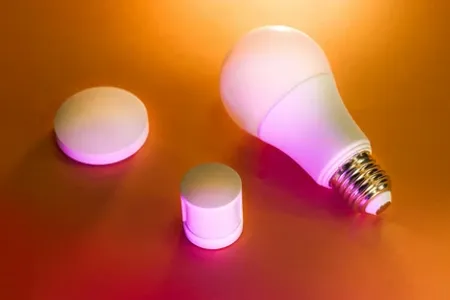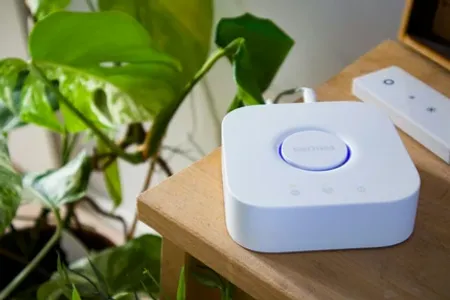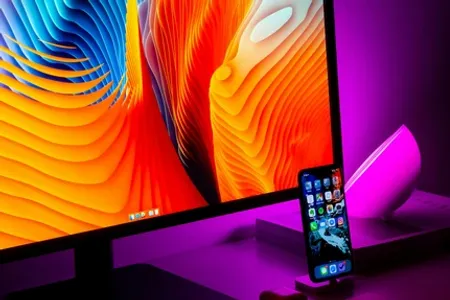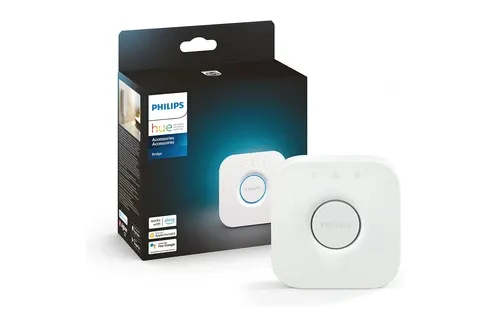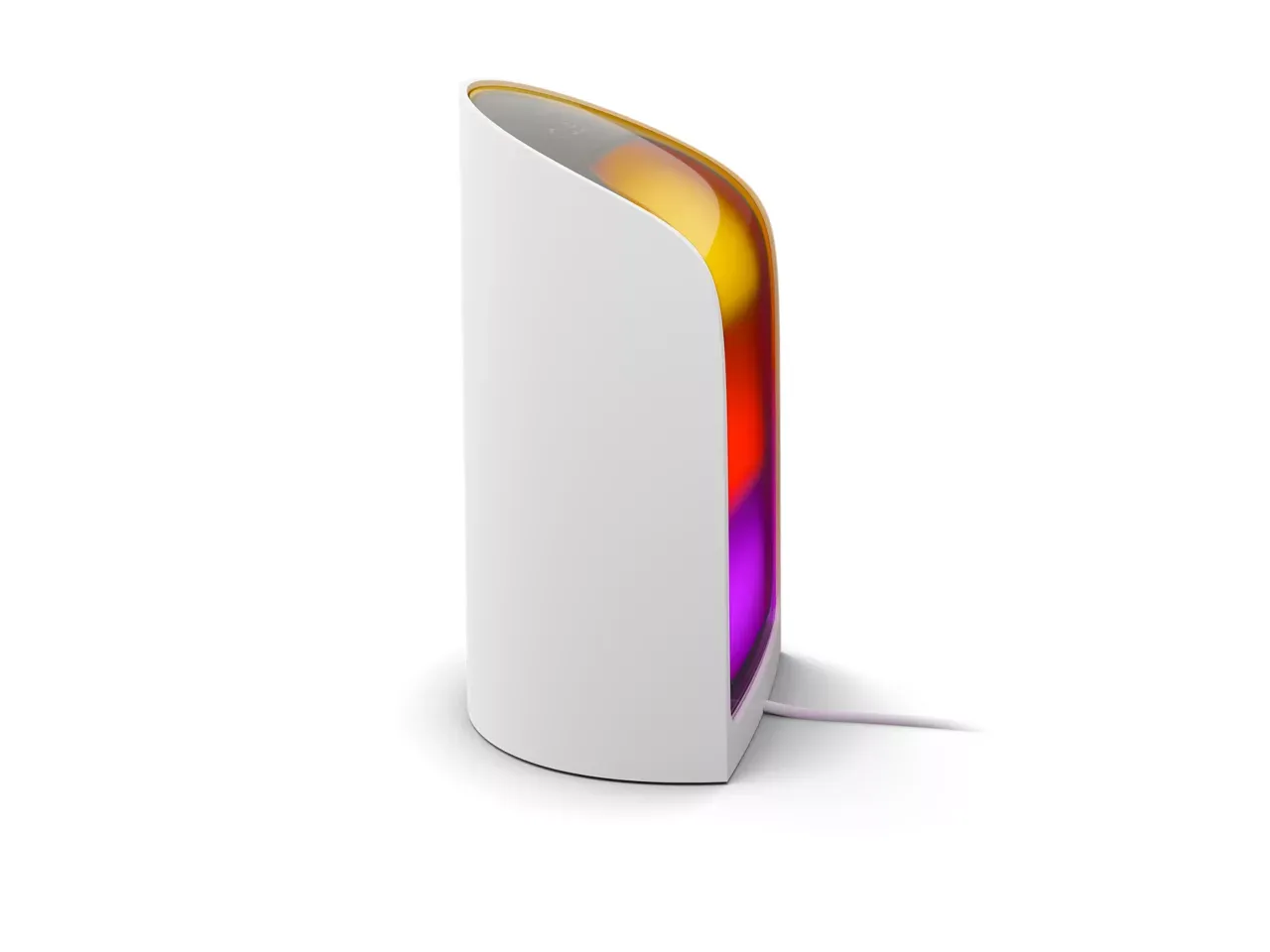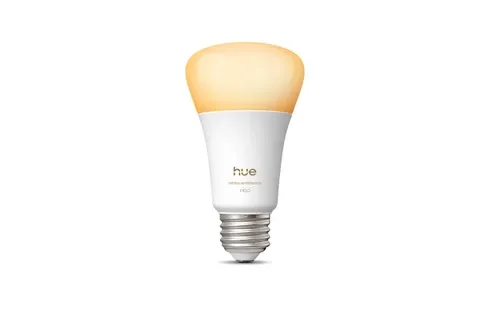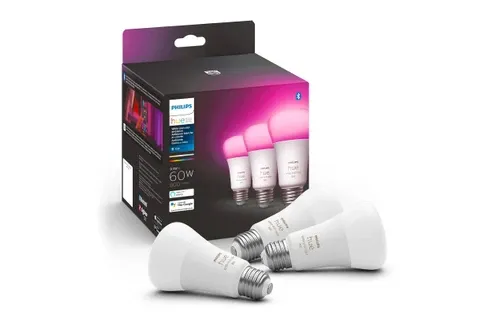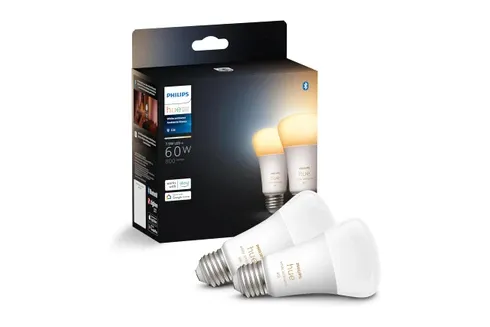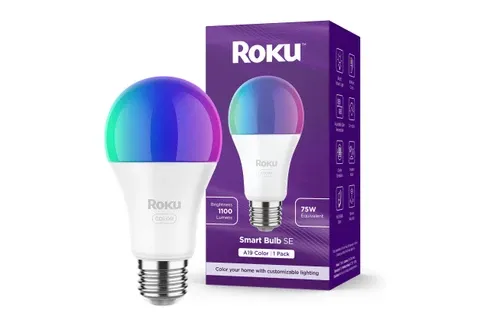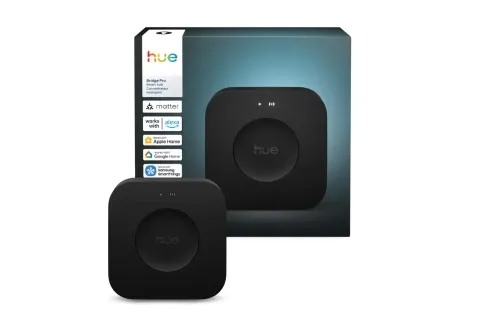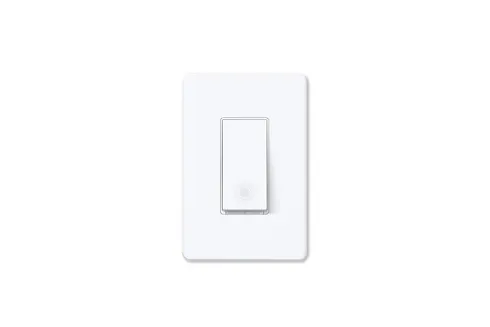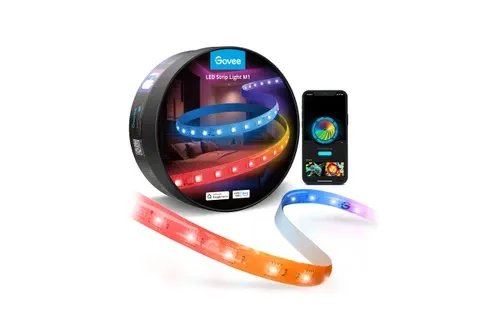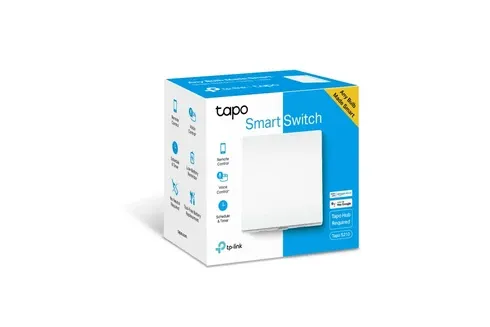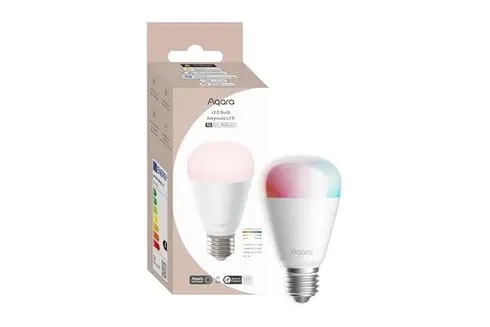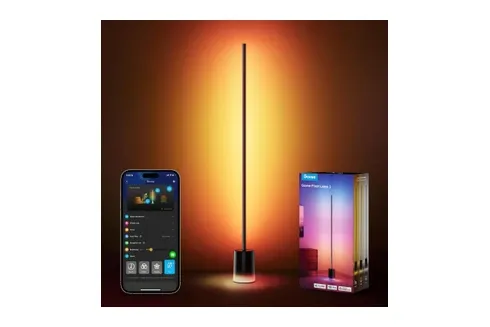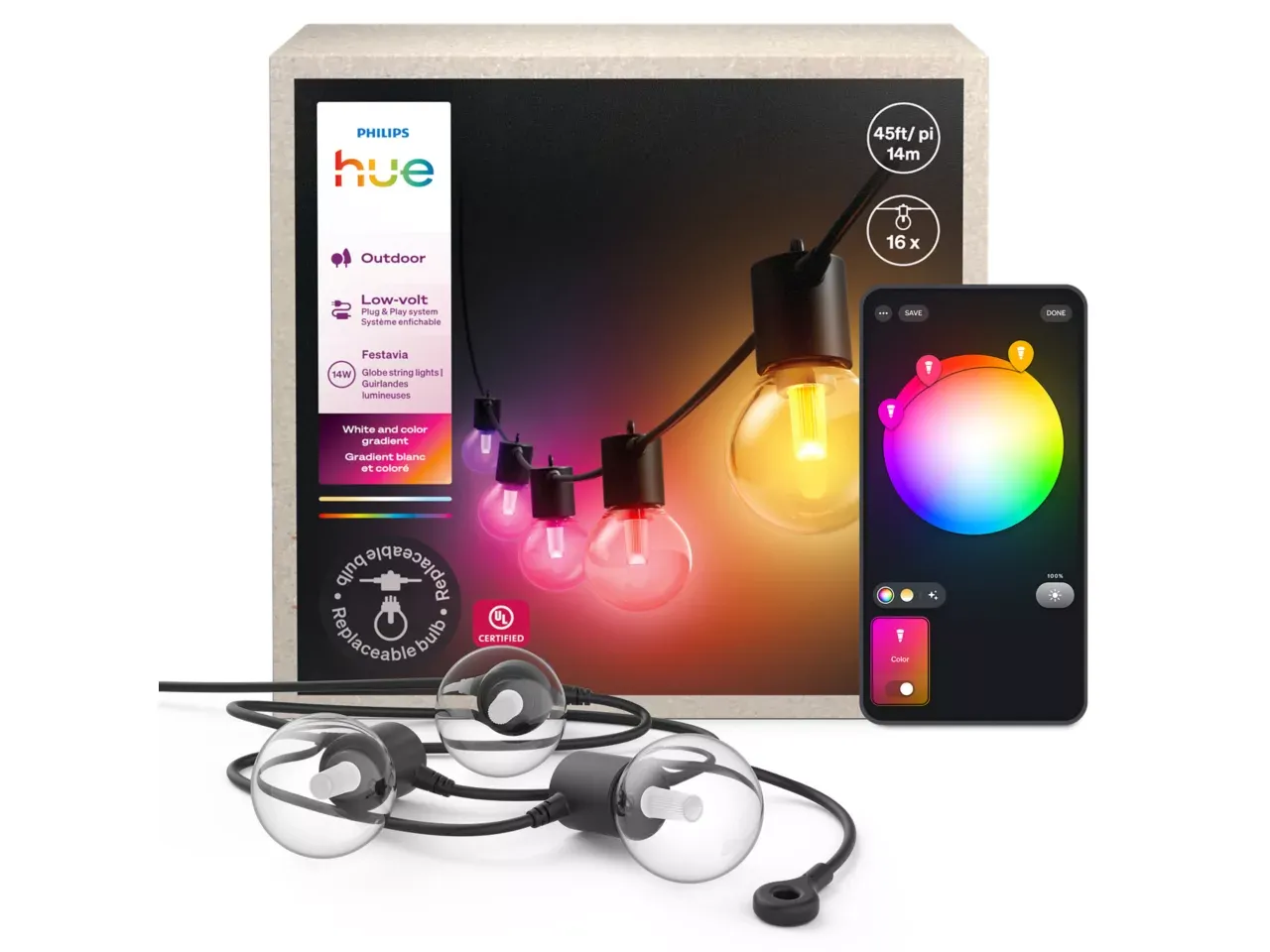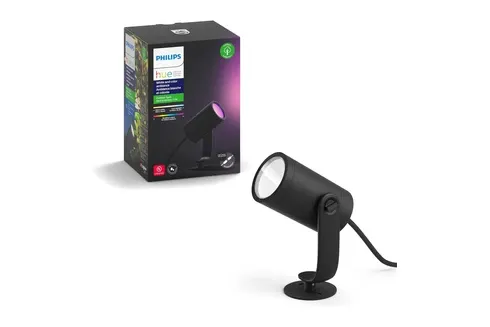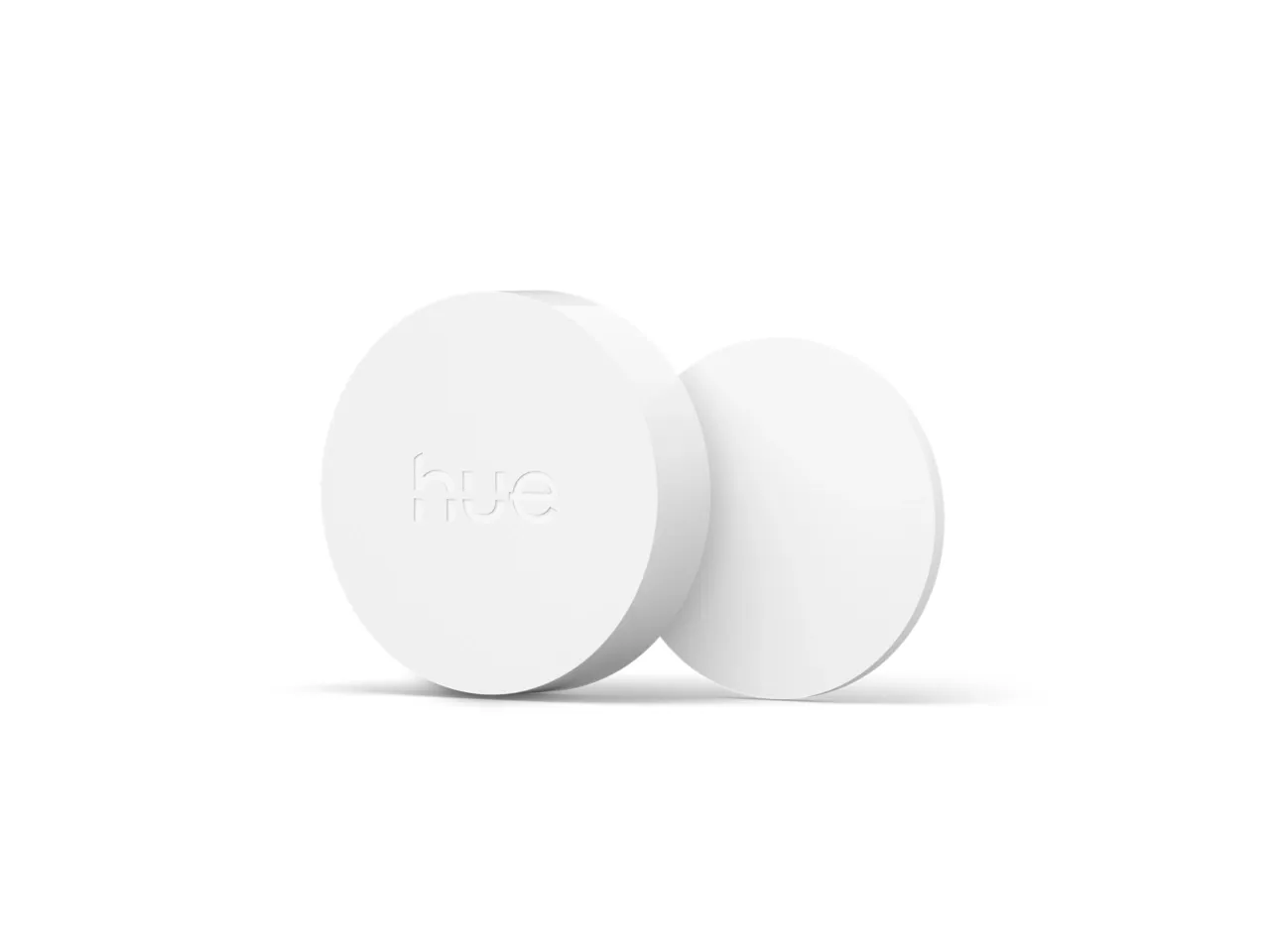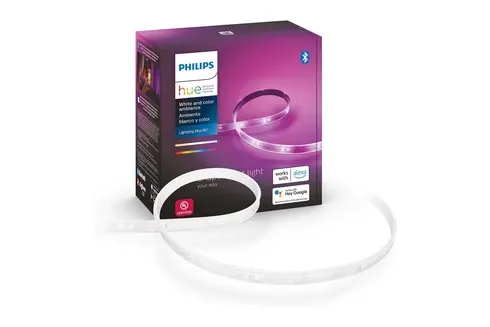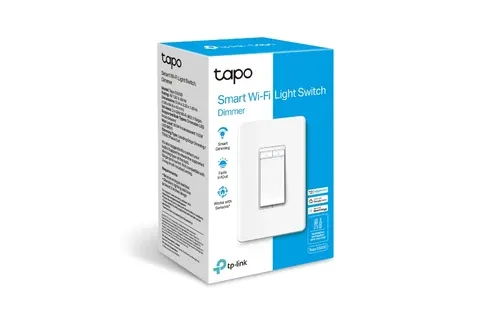Smart lighting empowers homeowners to tailor illumination with a tap or a spoken command. By combining LED technology, wireless connectivity, and intelligent software, it creates a flexible, modern lighting ecosystem that unlocks energy savings while infusing every space with personalized style.
What Makes Smart Lighting ‘Smart’?
At its core, smart lighting combines three pillars:
- Connected Bulbs & Fixtures – Wi‑Fi, Zigbee, Thread, or Bluetooth radios allow lamps to talk to your router or hub.
- Control Software – Mobile apps and web dashboards let you schedule scenes, dim levels, and colors from anywhere.
- Automation & AI – Sensors and algorithms learn habits, turning lights on only when needed and off when a room is empty.
When these elements work together, you gain seamless, context‑aware illumination that feels almost magical.
Key Advantages of Smart Lighting
- Energy Efficiency – LEDs draw far less power than incandescent or halogen bulbs and last up to 25 times longer.
- Convenience – Voice control, geofencing, and presence detection remove the need for wall switches.
- Security – Randomized lighting schedules deter intruders by simulating occupancy.
- Mood Creation – Millions of colors and tunable white temperatures help set the perfect atmosphere.
- Health Support – Circadian‑aware lighting can mirror natural daylight patterns to improve sleep quality.
Planning Your Smart Lighting Upgrade
Smart lighting works best when rolled out with a clear strategy:
- Pick an Ecosystem – Decide whether to build around platforms like Philips Hue, Aqara, or a Wi‑Fi‑only lineup.
- Start with Priorities – Replace bulbs in high‑traffic areas first to maximize savings.
- Layer in Sensors – Motion, ambient‑light, and open/close sensors enable advanced automation.
- Integrate Voice Assistants – Pair with Alexa, Google Assistant, or Siri for hands‑free commands.
- Create Scenes – Group lights by activity (work, relax, entertain) for one‑tap ambiance changes.
Must‑Have Accessories
- Smart dimmer switches for legacy fixtures
- RGB LED light strips for under‑cabinet or backlighting effects
- Battery‑powered wireless remotes for guests and children
These add‑ons extend the reach of your system beyond simple bulb swaps, giving renters and owners alike nuanced control without opening walls. Dimmer modules preserve familiar switch behavior, LED strips highlight architectural lines, and pocket‑size remotes welcome guests, ensuring the entire household experiences the convenience of adaptive illumination every day.
Future Trends in Smart Lighting
Expect deeper integration with home energy‑management systems, wider adoption of Matter for interoperability, and AI‑powered scene suggestions that learn your preferences over time.
For homeowners planning a renovation, smart lighting is also a powerful design tool. You can layer ceiling cans with hidden cove strips, create accent pockets behind shelves, and wash art with adaptable spotlights, all from a single dashboard. Because LEDs generate minimal heat, you gain layout flexibility that incandescent fixtures never allowed. Installers can run low‑voltage wiring in narrow chases, then snap in tiny puck lights that disappear when not in use. If you rent, look for screw‑in retrofit bulbs that remember schedules even when the power is cycled, avoiding hassle with circuit breakers. And don’t forget the humble switch: modern battery‑free kinetic pads stick anywhere with adhesive, translating clicks into wireless commands. These details matter; a system that feels effortless will get used every day instead of becoming a tech novelty. Spend time mapping routines, and your lights will amplify comfort rather than clutter for the entire household daily.
The Broader Impact of Smart Lighting on Daily Living
Beyond efficiency and convenience, smart lighting supports emotional comfort and mental well‑being. Many homeowners now use lighting to mark transitions throughout the day. A gentle sunrise effect can make mornings easier, while soft, warm tones in the evening signal the body to wind down. These subtle cues help create healthier routines without adding extra tasks to your schedule.
Smart lighting also enhances family interactions. Parents can set playful color scenes for children during bedtime stories or bright, energizing tones for homework sessions. In shared living spaces, dynamic scenes can adjust automatically for movie nights, dinner gatherings, or quiet reading time. Because these changes require only a tap on a smartphone or a short voice command, everyone in the household can personalize the environment with ease.
Another growing benefit is the role of smart lighting in accessibility. For individuals with limited mobility, remote‑controlled or automated lights reduce dependence on physical switches. Voice assistants make it possible to illuminate hallways, adjust brightness, or activate scenes without moving across the room. Some systems even integrate with medical alert devices, lighting up pathways during nighttime emergencies or automatically turning on lights when caregivers enter a room.
Sustainability is another compelling reason to embrace smart lighting. LEDs already consume less power, but automation takes efficiency further by eliminating waste. Lights that dim based on daylight availability or turn off when no one is present reduce energy consumption each day. Over time, these small adjustments add up to meaningful environmental and financial savings.
Smart outdoor lighting deserves special mention as well. Motion‑activated floodlights, pathway markers, and porch fixtures improve safety and allow you to navigate outside areas with confidence. When integrated with security cameras or alarm systems, they provide a powerful deterrent against intruders. Solar‑powered smart fixtures extend these benefits even in off‑grid corners of your yard, requiring no cabling or trenching.
With these advances, smart lighting continues to grow beyond simple convenience. It becomes a tool that supports well‑being, sustainability, and home harmony, enriching daily life for every member of the household.
How Smart Lighting Enhances Every Room
Smart lighting brings meaningful improvements to each area of a home when used thoughtfully. In living rooms, adaptive brightness helps prevent eye strain during daytime reading while still creating a cozy glow for evening relaxation. The ability to shift between cool and warm temperatures supports these transitions without demanding extra effort from household members. Kitchens also benefit from task‑based lighting scenes, such as bright illumination for cooking and softer tones for late‑night snacking. With under‑cabinet LEDs and responsive switches, homeowners enjoy a safer and more comfortable environment.
Bedrooms gain a significant upgrade when smart lighting is introduced. Wake‑up light routines can simulate dawn, helping users rise naturally without harsh alarms. At night, low‑level pathway lights guide movement without disturbing sleep cycles. Parents often appreciate the ability to dim nursery lights gradually, making bedtime smoother for young children. In addition, color‑changing bulbs can support relaxation techniques, meditation habits, or pre‑sleep winding‑down rituals.
Bathrooms also benefit from smart automation. Motion‑activated night lights reduce the need for bright overhead fixtures during late‑night trips, while humidity‑linked scenes can activate ventilation, pairing lighting with improved comfort and air quality. These integrations make daily routines feel intuitive and reduce the mental load of managing small household tasks.
Workspaces are another key area where smart lighting shines. Adjustable white temperatures help maintain focus, especially for those who work from home. Cool, bright lighting improves alertness during demanding tasks, while warmer tones can soften the environment during breaks. Light schedules also help mark the boundary between work and leisure, supporting healthier work‑life balance.
Outdoors, adaptive lighting improves safety and ambiance. Pathway LEDs guide movement after dark, and porch lights can sync with arrival routines to greet homeowners automatically. When paired with presence‑based triggers, backyard lighting can activate only when needed, reducing energy waste while enhancing convenience.
All of these examples show how smart lighting adapts to the rhythm of daily life. Each room becomes more functional, comfortable, and efficient when illuminated in ways that respond to real‑world needs.
Final Thoughts
As smart lighting continues to mature, homeowners can expect even more intuitive features and seamless integrations. One exciting direction is the rise of adaptive learning engines that adjust brightness and color throughout the day without manual input. These systems observe patterns like when you leave the house, when you relax, and when you prefer brighter settings for chores. Over time, the lighting environment becomes a silent partner that supports your routines without demanding attention. Another emerging trend is the integration of lighting with personal wellness data. Fitness trackers and sleep‑monitoring devices may soon share information with lighting systems, enabling your home to shift tones based on stress levels or sleep quality. This deeper connection between technology and lifestyle holds the promise of homes that feel both responsive and calming.
Community spaces will also benefit from smarter illumination. Outdoor walkways, shared courtyards, and building entrances can use adaptive lighting to create safer, more energy‑efficient environments for everyone. Sensors can tailor brightness to actual activity rather than fixed schedules, reducing light pollution and unnecessary energy use. As municipalities adopt smart lighting infrastructure, entire neighborhoods may enjoy improved visibility, lower electricity costs, and a more pleasant nighttime atmosphere. These advancements make clear that smart lighting is no longer only about convenience-it’s evolving into a key component of sustainable living and thoughtful design. By embracing these innovations, homeowners and communities alike can enjoy spaces that feel modern, efficient, and deeply attuned to human comfort.

